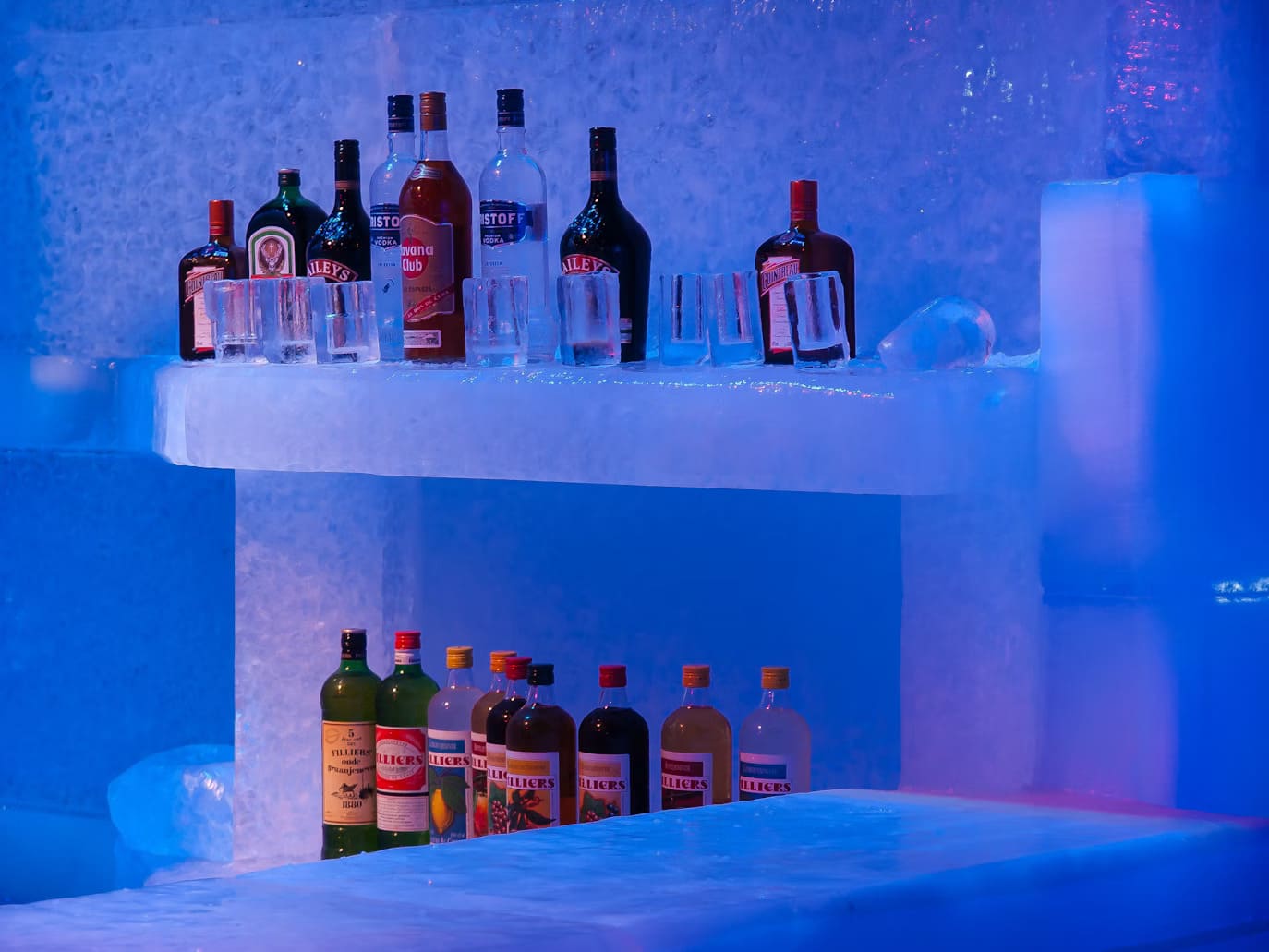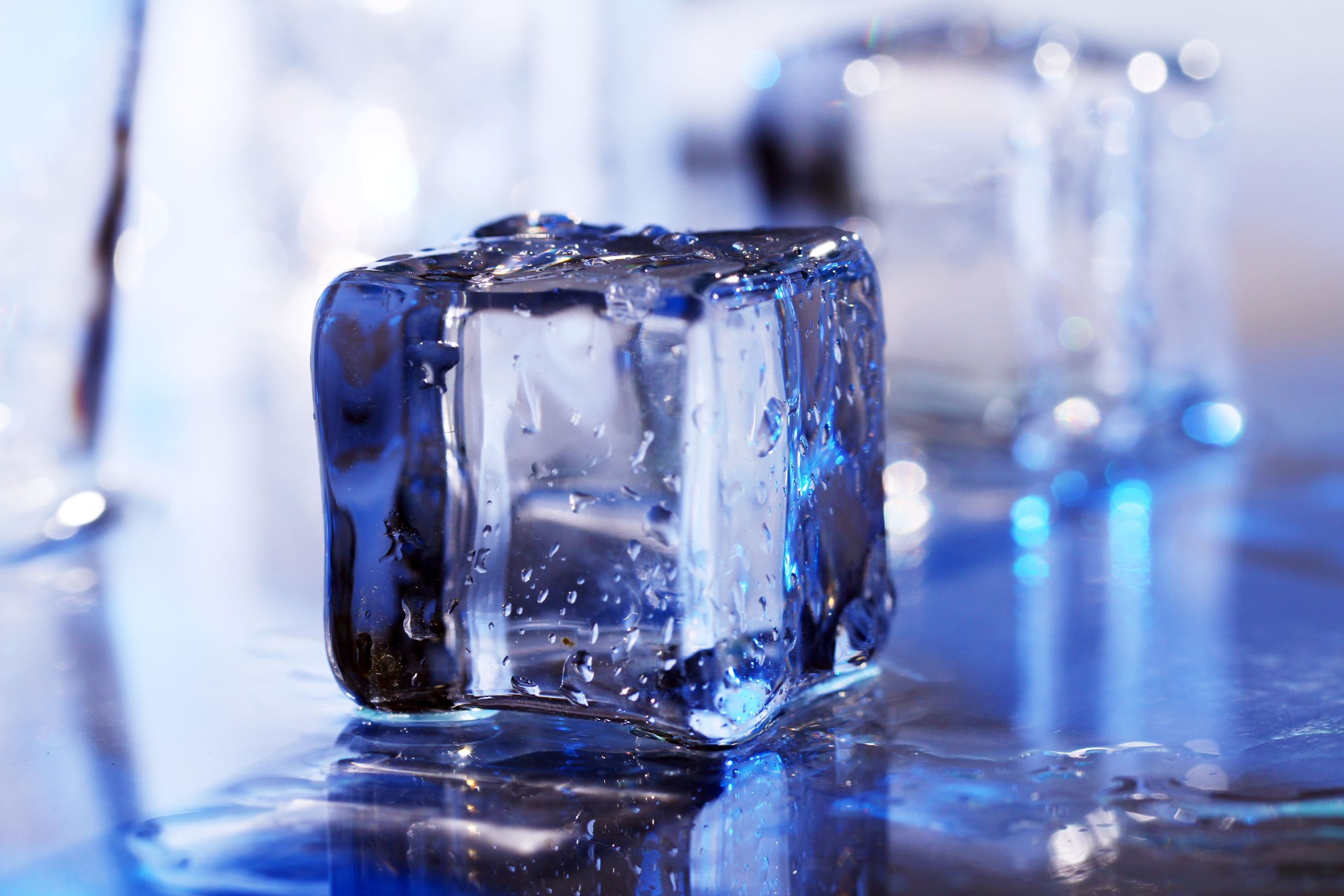Different Types of Ice and Ice Shapes: All You Need to Know
Exploring the world of ice reveals a surprising variety of types of ice, each serving unique purposes. From the classic cube to intricate sculptures, the different types of ice enhance our everyday experiences in numerous ways.
Besides, advances in technology have led to the development of sophisticated equipment like ice block makers and ice presses, each playing a pivotal role in creating different ice shapes.
Introduction to Ice and Its Versatility

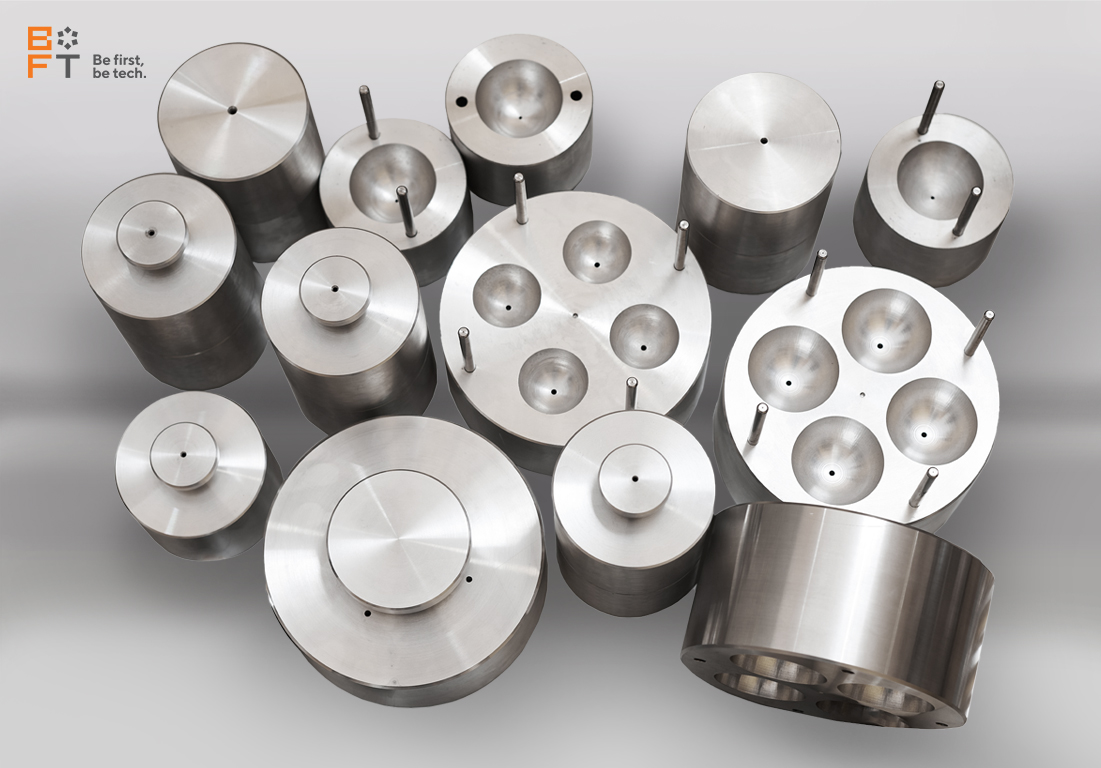
The Innovation of Ice Block Makers
Ice block makers, particularly those employing polyurethane technology, have significantly expanded the possibilities in ice production. These machines are adept at creating blocks of ice with a dense structure out of fresh water, perfect for forming premium ice cubes. The process involves a meticulous method of slow freezing, ensuring the formation of high-quality ice. This method is a cornerstone in producing different kinds of ice for various applications.
The efficiency of these ice block makers, even in warmer conditions, is achieved thanks to polyurethane insulation. This feature is crucial for maintaining consistent performance across different environments.
The Versatility of Ice Presses
When it comes to creating unique and different ice forms, ice presses are indispensable tools. These devices, including such devices as Ice Ball press and the Diamond Ice Press, allow for the transformation of simple ice blocks into artistic and functional shapes. The ability to produce different shapes of ice is particularly valued in the fish markets, commercial kitchens, banquet halls, and hospitality industries.
The high-quality aluminum construction of these ice presses ensures durability and a wide range of available sizes. This versatility is crucial for professionals who require a variety of ice cube shapes and types for different applications. Some advanced models are capable of producing multiple shapes at once, which is highly beneficial for efficiency in professional settings.
Now, let’s speak of which popular types of ice you can get using these tools.
Standard Cube Ice: The Classic Choice

When discussing types of ice cubes, the standard cube ice often comes to mind first. This type of ice is a staple in many households and businesses, known for its versatility and practicality.
Such ice cube is recognized for its uniform shape and size, making it a reliable choice for consistent cooling. This type of ice is ideal for everyday use, as it cools mixed drinks effectively without melting too quickly. The size and shape of standard ice cubes allow for efficient packing in glasses, maximizing cooling while minimizing dilution.
One of the reasons standard cube ice remains a popular choice among ice cubes is its simplicity and functionality. Whether used in a home setting or a commercial environment, these ice cubes serve their purpose well, providing a balance between cooling efficiency and longevity.
Crescent Ice: Maximizing Liquid Displacement

This ice type is characterized by its curved, half-moon shape, which offers several benefits in both commercial and personal use.
The distinctive shape of crescent cubes is not just for aesthetic appeal; it serves a practical purpose. The curved design allows for more efficient packing in a glass, maximizing liquid displacement. This means that drinks appear fuller, and there’s less space for additional liquid, which can be cost-effective for businesses. The shape of crescent ice also contributes to less splashing and spilling when pouring mixed drinks, making it a preferred choice in many bars and restaurants.
Crescent ice is particularly favored in settings where the visual presentation of drinks is important. The unique ice shapes can enhance the appearance of beverages, making them more appealing to customers.
The design of crescent ice also plays a role in the efficiency of ice machines. Many commercial ice machines designed to produce crescent-shaped ice operate with reduced energy and water consumption, making them an eco-friendly and cost-effective option for businesses.
Nugget Ice: The Chewable Delight
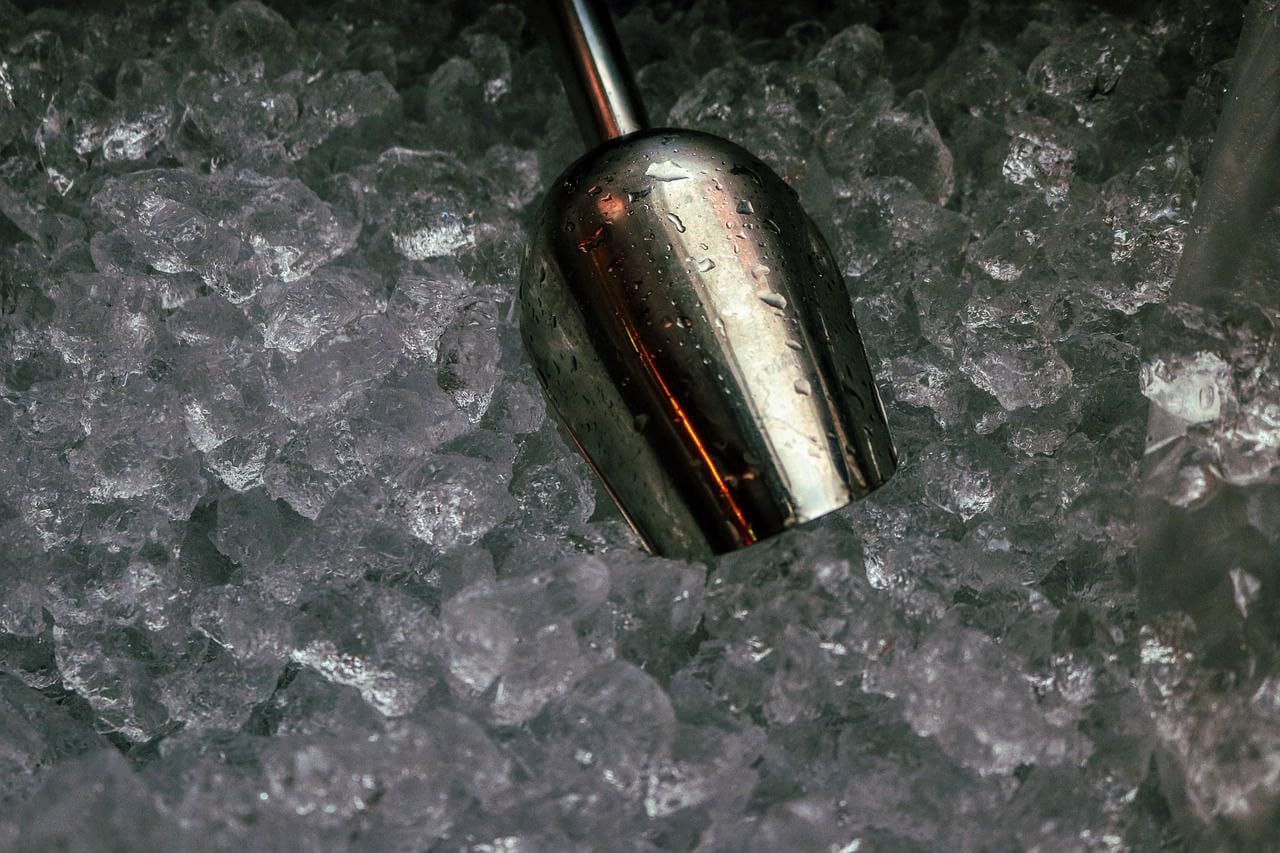
Nugget ice, also known as pellet ice or sonic ice, has gained a lot of popularity for its unique texture and form of ice.
Such ice is soft, chewable, and porous, making it a favorite in various settings, from fast-food restaurants to cocktail bars. The softness of this ice type is gentle on the teeth, and its porous nature allows it to absorb the flavor of the beverage, providing a flavorful chew once the drink is finished.
One of the reasons for the popularity of nugget ice is its ability to cool drinks rapidly. The small, irregular shapes of the ice increase the surface area that comes in contact with the beverage, leading to quicker cooling. Additionally, the chewable quality of nugget ice makes it a delightful addition to frozen drinks, especially for those who enjoy munching on ice.
Nugget ice is also a preferred choice in healthcare settings due to its soft texture, which is safer for patients who might have difficulty with harder ice cubes.
Gourmet Ice: Elegance in Cooling
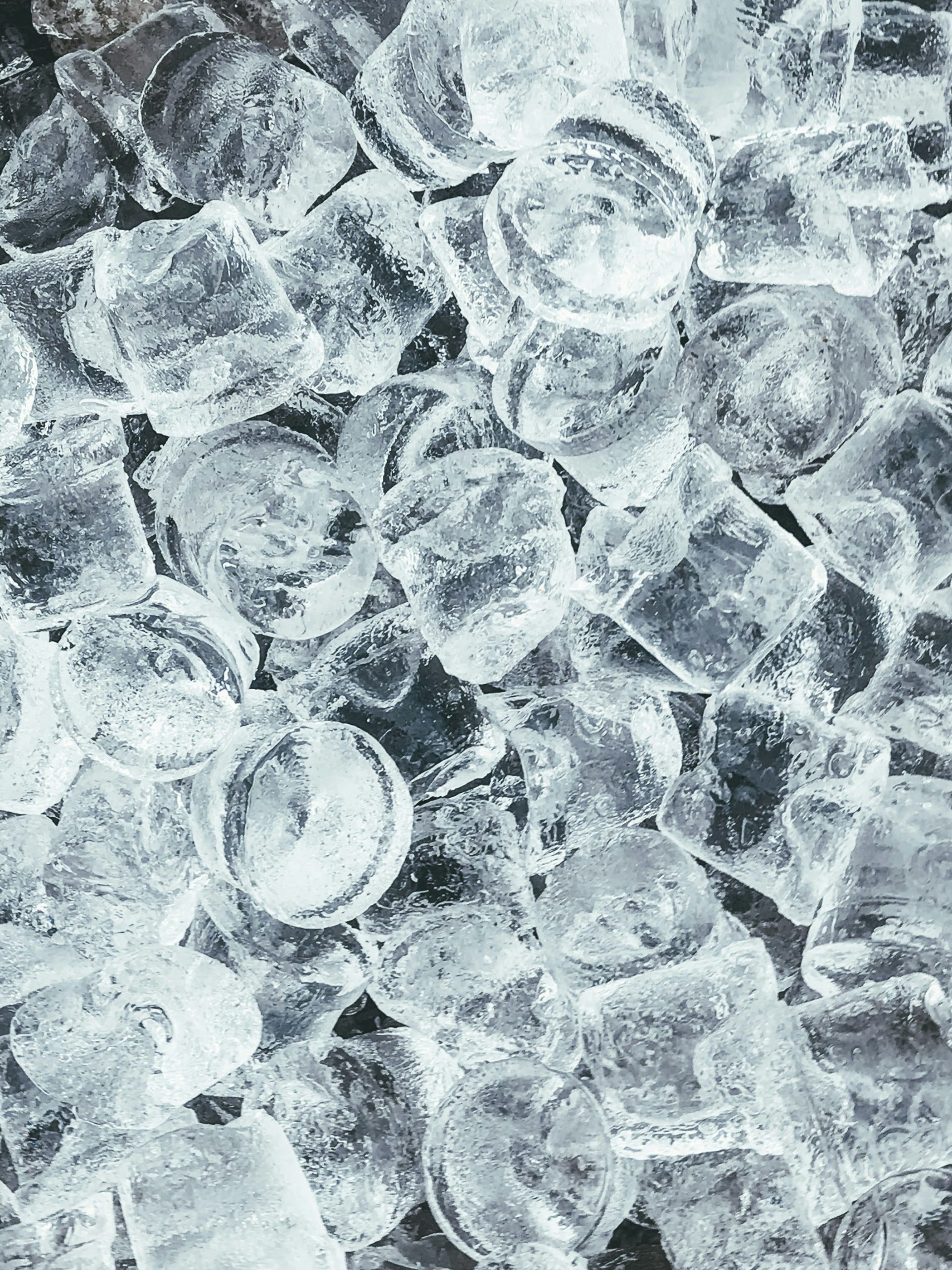
Gourmet ice, often found in upscale bars and restaurants, is known for its clarity, purity, and elegant shapes. This type of ice is not just about functionality; it’s about adding a touch of sophistication to every drink it graces.
Gourmet ice is typically larger and more uniform in shape compared to standard ice cubes. Its most notable feature is its crystal-clear appearance, free from any cloudiness or impurities. This clarity is achieved through a specialized freezing process that removes air and impurities from the water. The result is ice that not only looks premium but also melts slower, minimizing dilution of the blended drinks.
The elegance of gourmet ice makes it a popular choice for high-end cocktails and premium spirits. The larger size and slower melting rate of gourmet ice ensure that the drink maintains its intended flavor profile longer, making it ideal for sipping spirits and crafted cocktails.
Gourmet ice often comes in various unique shapes, such as spheres, large cubes, or custom designs, each adding a different aesthetic and functional quality to the drink.
Flake Ice: Rapid Cooling and Presentation

Half Cube Ice: The Efficient Cooler

Choosing the Right Ice Type for Your Needs
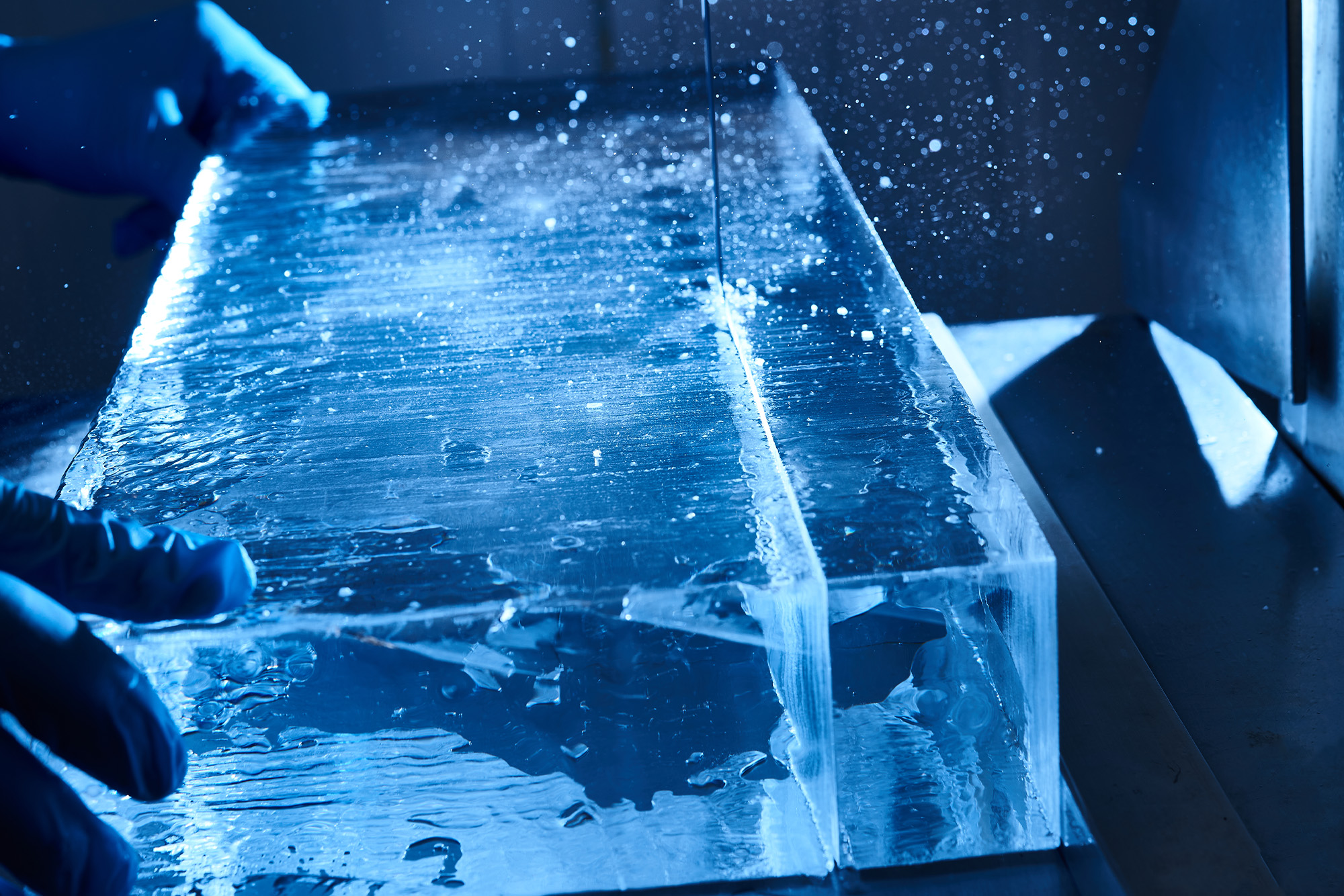
Conclusion: Elevating Your Ice Experience
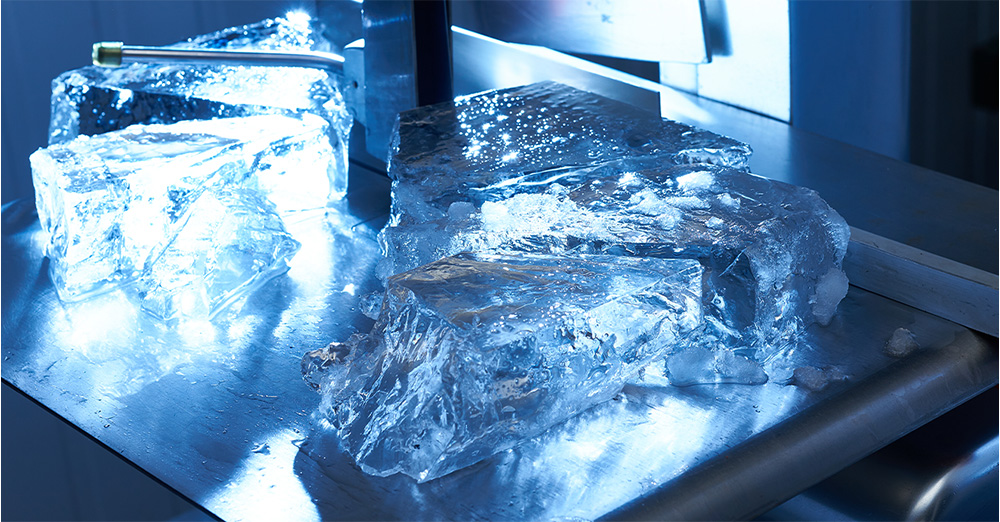
Flake ice, with its soft, snow-like texture, is a versatile player in the world of ice types. Known for its rapid cooling properties and aesthetic appeal, flake ice is used in various settings, from food display to therapeutic applications.
Flake ice is characterized by its small, thin pieces, which provide a large surface area in contact with items it cools. This quality makes it highly efficient at rapidly cooling products or drinks. Its soft, moldable texture allows it to be packed around objects, providing uniform cooling without causing damage or bruising, a feature particularly valued in the presentation of seafood and perishable goods.
The aesthetic appeal of flake ice makes it a popular choice for food display. Its ability to create a bed of ice that looks like fresh snow enhances the presentation of chilled food on display, seafood, fruits, and other perishables, making it a staple in buffets and seafood counters.
Flake ice is also utilized in healthcare settings for its therapeutic qualities. Its soft texture makes it ideal for pack ice, providing gentle and effective cooling for injuries without the hardness of traditional ice cubes.
Half cube ice, a smaller version of the traditional cube, offers a unique blend of efficiency and versatility. This type of ice is becoming increasingly popular in various settings due to its practical size and cooling capabilities.
Half cube ice is essentially a smaller, more compact version of standard cube ice. Its reduced size allows for more ice pieces per glass, increasing the surface area for cooling while also providing a quicker chill to beverages. This makes half cube ice ideal for drinks that need to be cooled rapidly without being overly diluted.
The smaller size of half cube ice means it can be packed more densely in glasses, maximizing cooling efficiency and minimizing the amount of beverage needed to fill the glass.
Half cube ice is also more space-efficient when it comes to storage. Ice machines producing half cube ice can typically store more ice in the same amount of space compared to machines producing larger cubes.
Selecting the appropriate ice type is crucial for both personal and professional applications.
When choosing the right type of ice, it’s important to consider factors such as the rate of dilution, the cooling effect, and the visual presentation. The choice of ice also depends on the available equipment. Ice machines that produce specific ice shapes and types, such as flake ice machines or nugget ice makers, can dictate the kind of ice available for use.
Here are some matching ice types with beverages and uses:
- Cocktails & spirits: Gourmet ice cubes, like large cubes or spheres, is ideal for minimizing dilution in spirits and crafted cocktails.
- Soft drinks & juices: Standard cube ice or crescent ice works well for everyday beverages, providing efficient cooling without rapid dilution.
- Smoothies & healthcare applications: Nugget ice is perfect for smoothies due to its chewable texture and for healthcare settings for its softness.
- Food display: Flake ice is the go-to choice for presenting seafood and perishables, thanks to its rapid cooling and aesthetic appeal.
The choice between different ice types – be it the rapid cooling of flake ice, the chewable delight of nugget ice, or the elegant touch of gourmet ice – can transform a simple beverage into a standout experience.
As technology continues to advance, we can expect even more innovative types of ice and ice-making equipment. The evolution of ice machines and presses will likely bring new shapes and functionalities, further expanding the possibilities in the world of ice.
FAQs About Ice Types and Shapes
How extensive is the variety of ice types available?
The variety of ice is quite extensive, encompassing a range of shapes and sizes each suited to specific uses. From the ubiquitous standard cube ice to the soft and chewable nugget ice, the diversity caters to different preferences in beverages, food presentation, and even therapeutic applications.
Can you identify five distinct ice cube types used commonly?
They are: Cube ice: A versatile choice for a wide range of beverages. Crescent ice: Specially designed for efficient liquid displacement. Nugget ice: Known for its soft texture, ideal for chewable ice lovers. Gourmet ice: Prized for its clarity and slow melting, perfect for upscale drinks. Flake ice: Excellent for quick cooling and enhancing the presentation of perishables.
What type of ice adds an exotic touch?
Gourmet ice, especially when shaped into spheres or oversized, clear cubes, adds an exotic touch to beverages. Its aesthetic appeal and functionality make it a favorite for enhancing the experience of enjoying premium spirits and artisanal cocktails.
Are there any unconventional ice types that stand out?
Yes, among the unconventional ice types, half cube ice stands out for its efficiency in cooling drinks swiftly. Additionally, the artistic shapes created by ice presses transform ordinary ice into a statement of sophistication in drinks.





